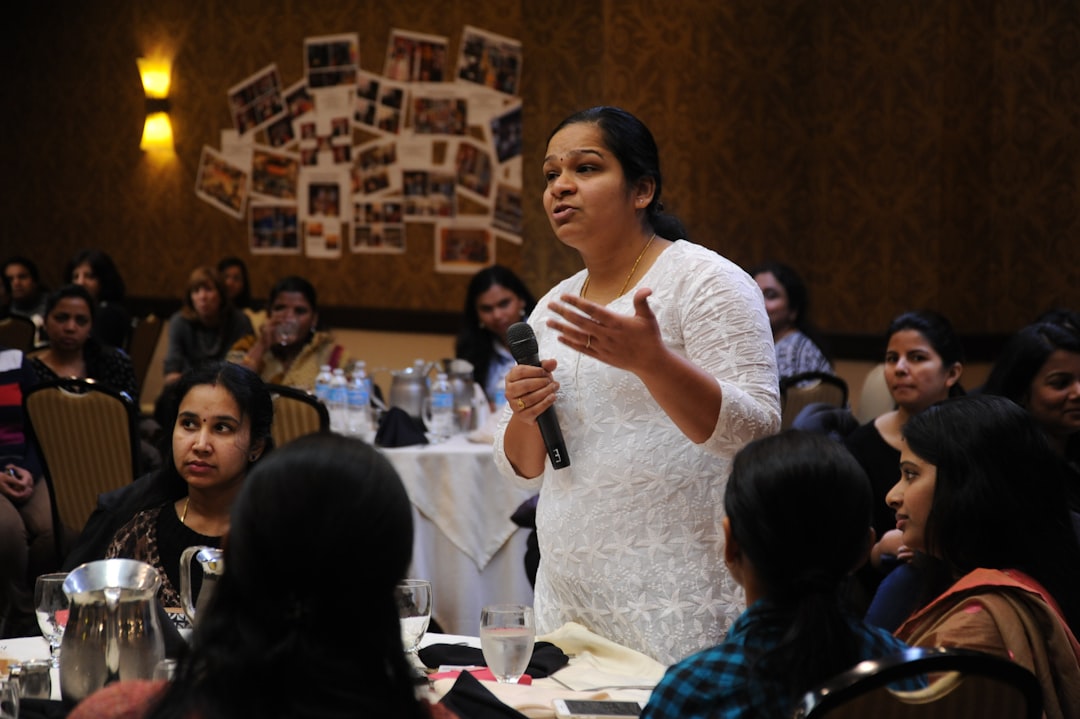What is it about?
How non-binary people are adapting the French language: Language educators should and often do strive to create inclusive classrooms for students of all genders. However, there have often been very few resources for language educators to learn how to talk about gender non-binary people in affirming ways. This has been particularly true for languages like French, where there is binary grammatical gender (i.e. every noun is said to be either grammatically masculine or grammatically feminine). In this way, many teachers have been left asking: “How can all identities be made sayable in the language(s) that I teach? How can teaching to and about non-binary speakers support inclusivity and competence development?” This article sought to begin to answer these questions for teachers and learners of French by collecting and analyzing survey data from 80 non-binary adults who speak French as their first language. Results of the study allowed us to establish a clear understanding of the current state of non-binary French at the time this study was conducted.
Featured Image
Why is it important?
• Having a better understanding of non-binary French allows us to choose what language forms we teach and learn based on how language is actually being used, rather than based on prescriptive grammar books. • Teaching language as a complex adaptive system allows us to present a more robust, accurate, and complex version of the language to students that honors how languages change, over time, to meet the needs of the people who speak those languages. This also allows us to disrupt the idea that diversity is somehow suspect or problematic. It is not.
Read the Original
This page is a summary of: Le français non‐binaire
: Linguistic forms used by non‐binary speakers of French, Foreign Language Annals, December 2020, Wiley,
DOI: 10.1111/flan.12500.
You can read the full text:
Resources
Contributors
The following have contributed to this page










